
Lomography is proudly proclaiming the Lomo'Instant Wide Glass as "the best instant camera on Earth". That's certainly a bold claim, particularly since it shares many of the same USPs – such as a glass lens and external flash sync – as the mighty Polaroid I-2.
Still, I think it backs up this claim with gusto. As the name suggests, the Lomo'Instant Wide Glass is a premium version of the Lomo'Instant Wide featuring a glass, multicoated lens. And, as you may also have twigged, it shoots on Instax Wide film.
So what else sets it apart from the Instax Wide 400? Pretty much everything, actually, from the ability to turn off the built-in flash to the fact that you can connect to an external flash via the PC Sync port. Not to mention additional shooting modes, focal ranges, a remote control, manual shutter speed options… and a higher price tag.
Let's take a closer look at the Lomo'Instant Wide Glass and see how it stacks up to its full-frame instant camera counterparts.
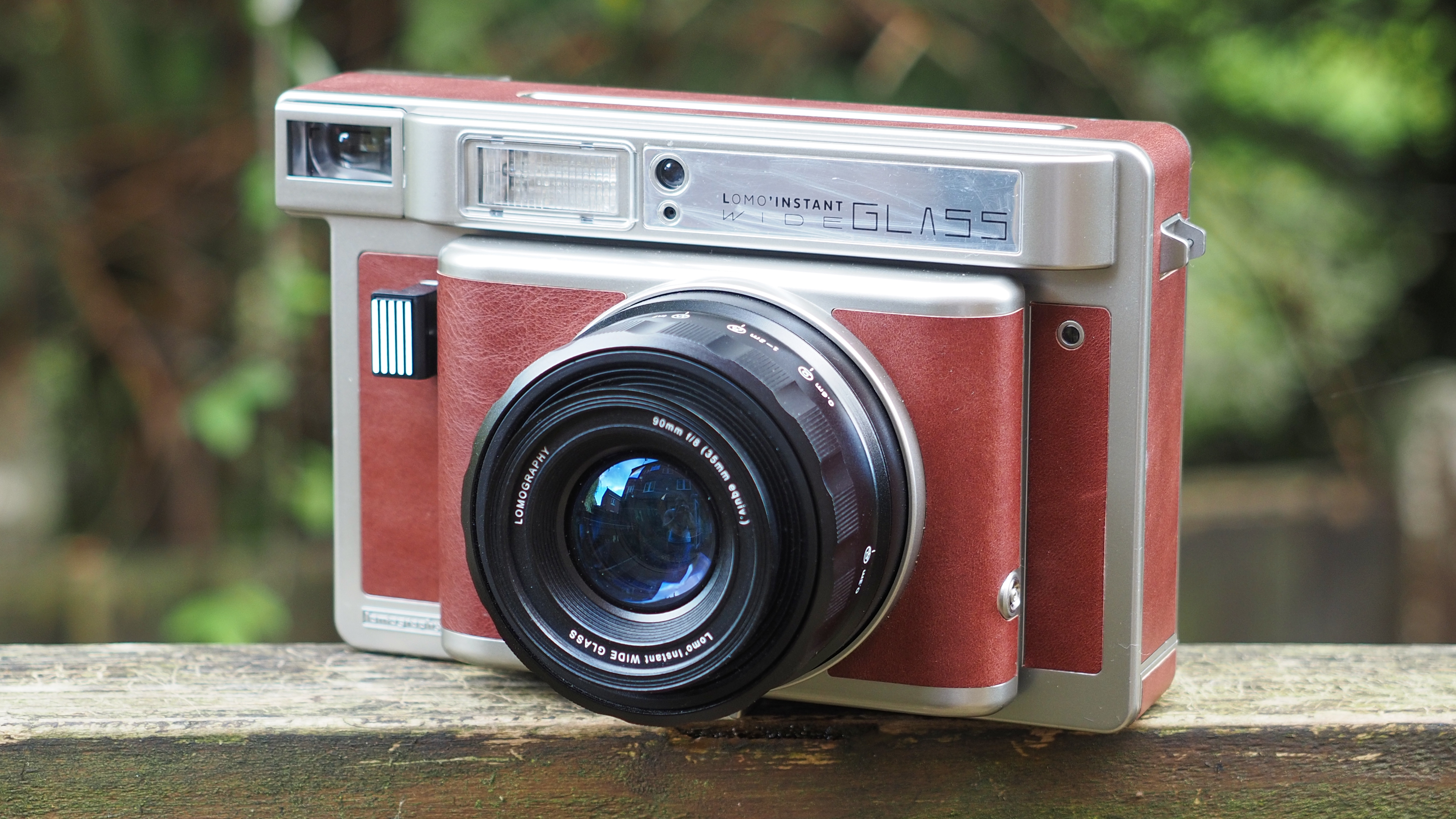
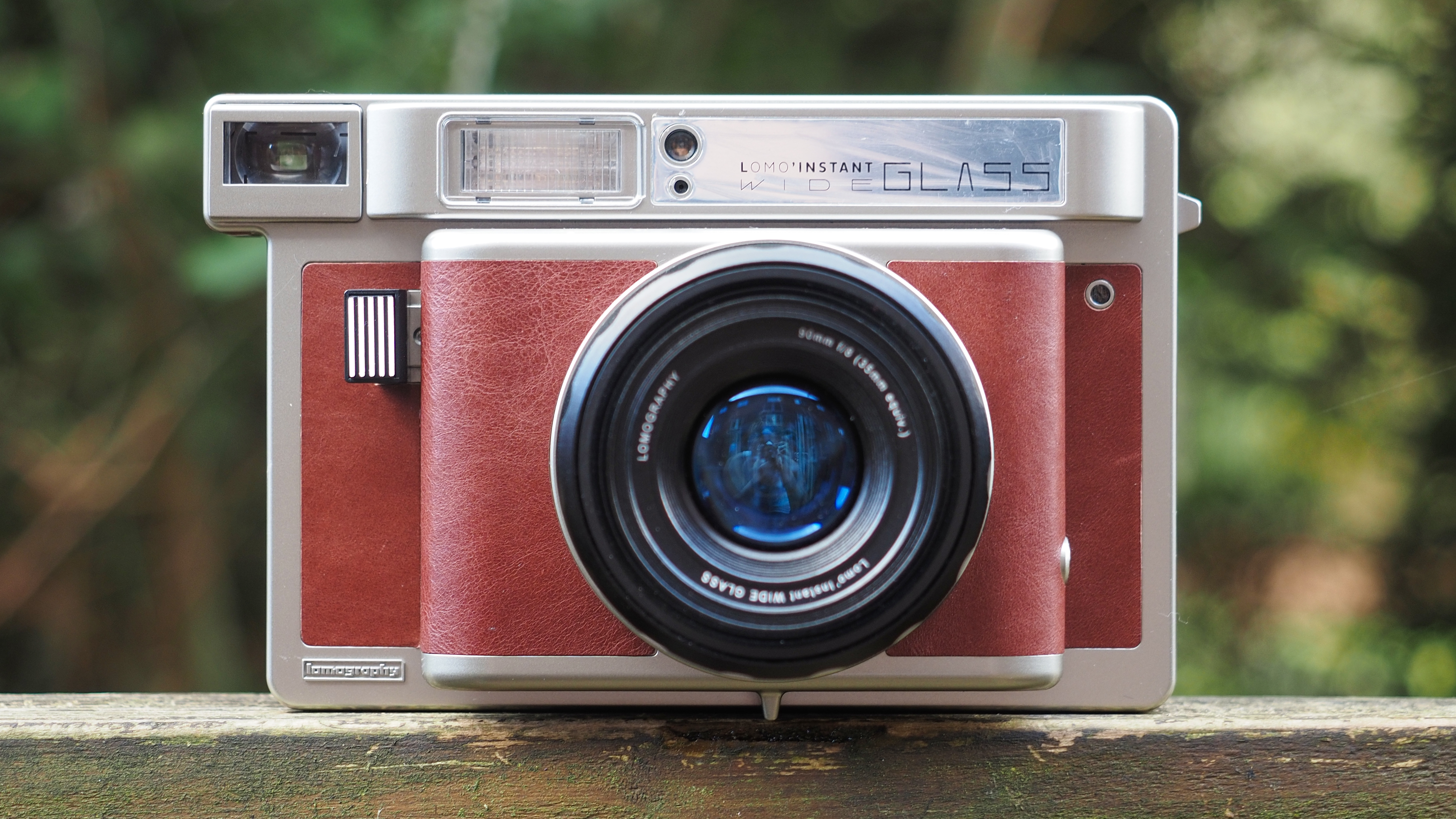
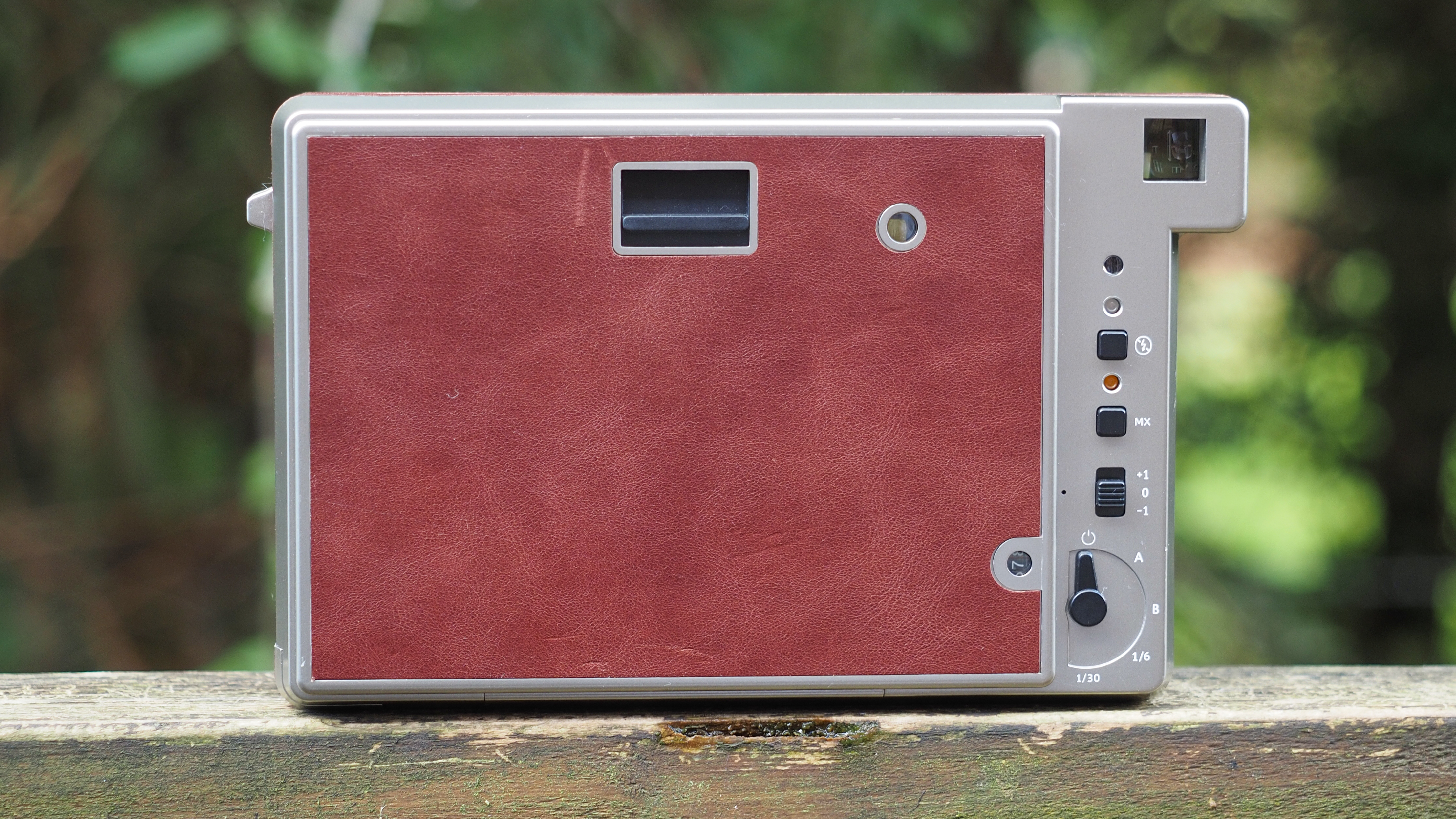
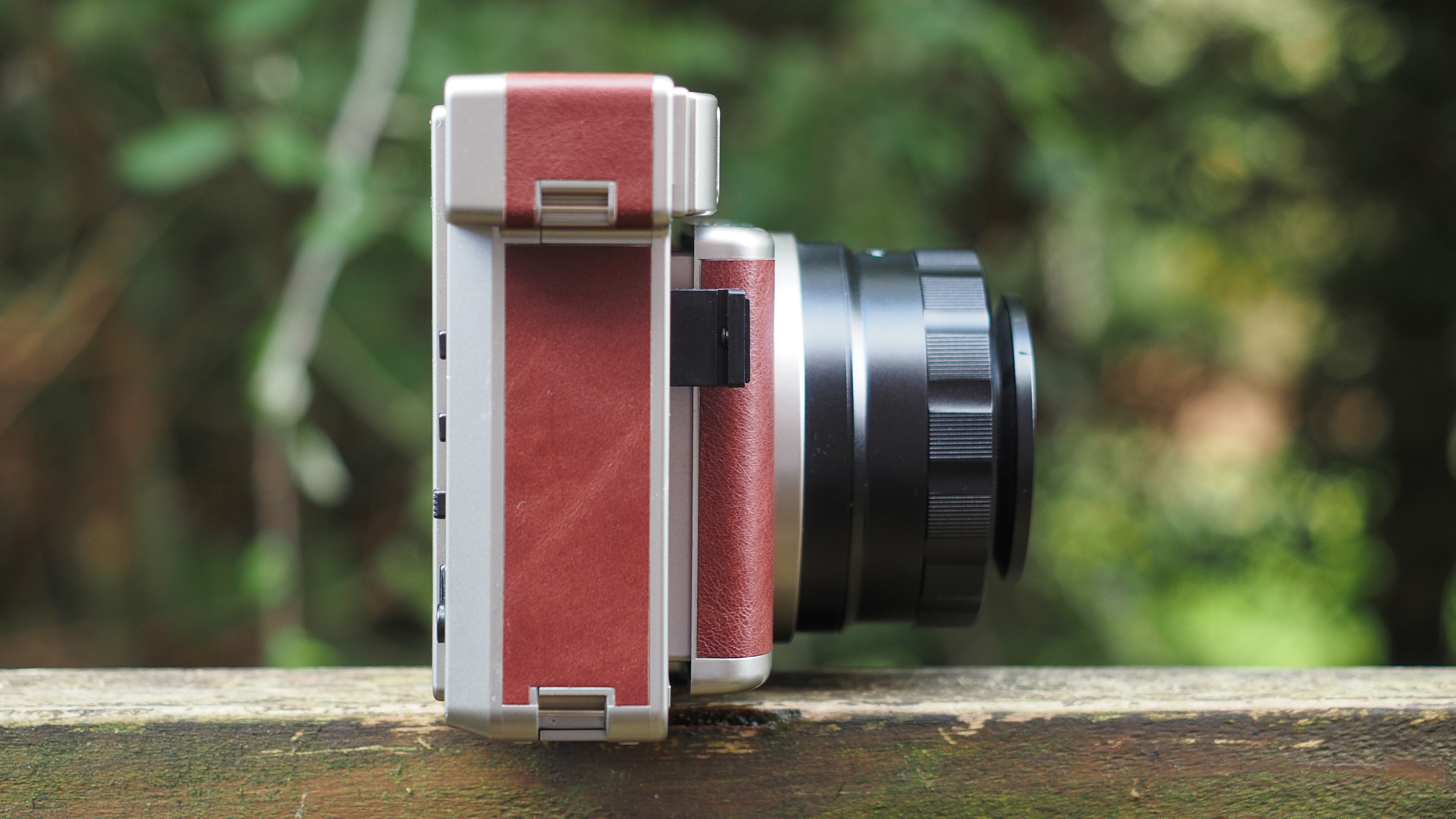
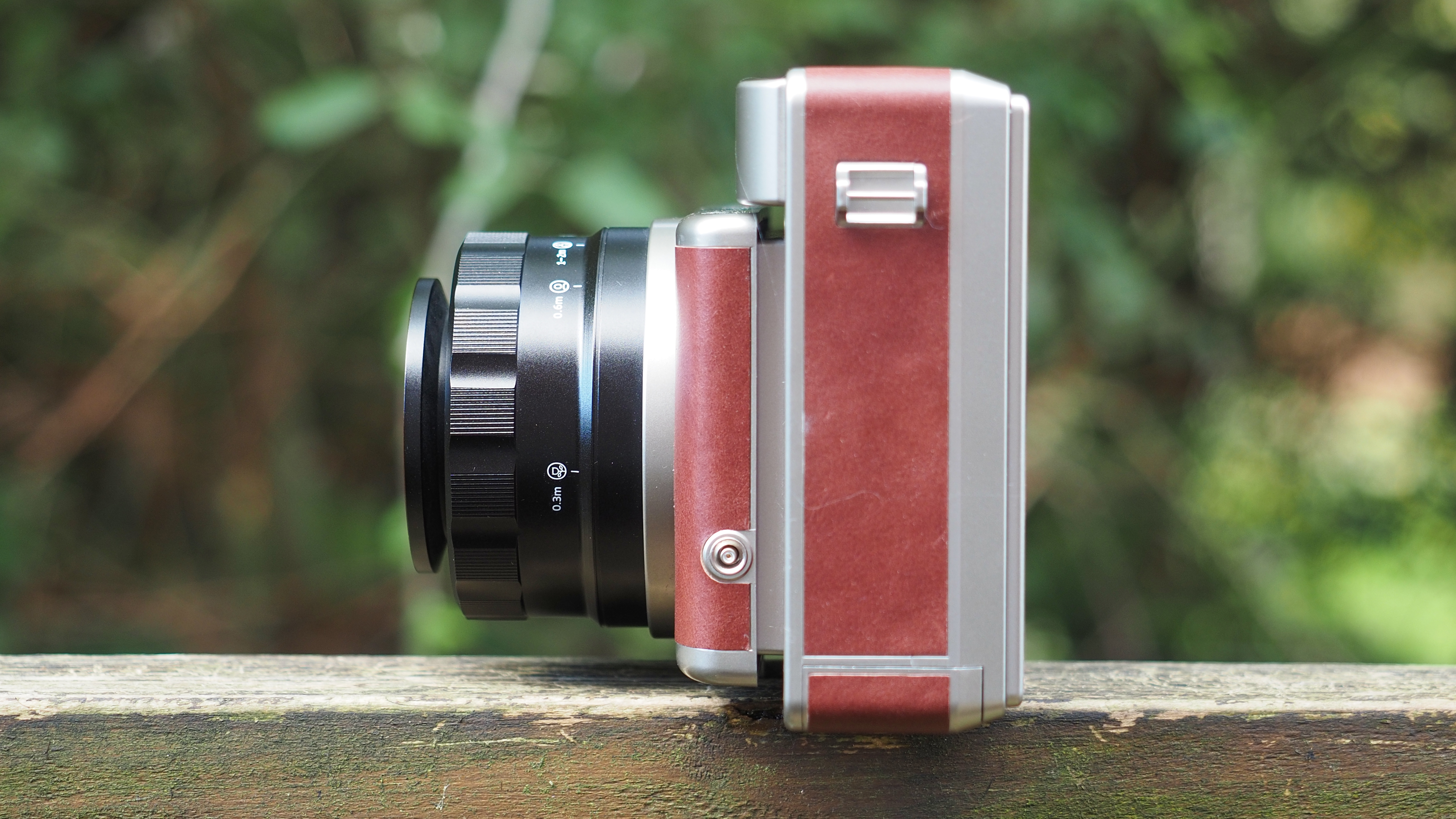
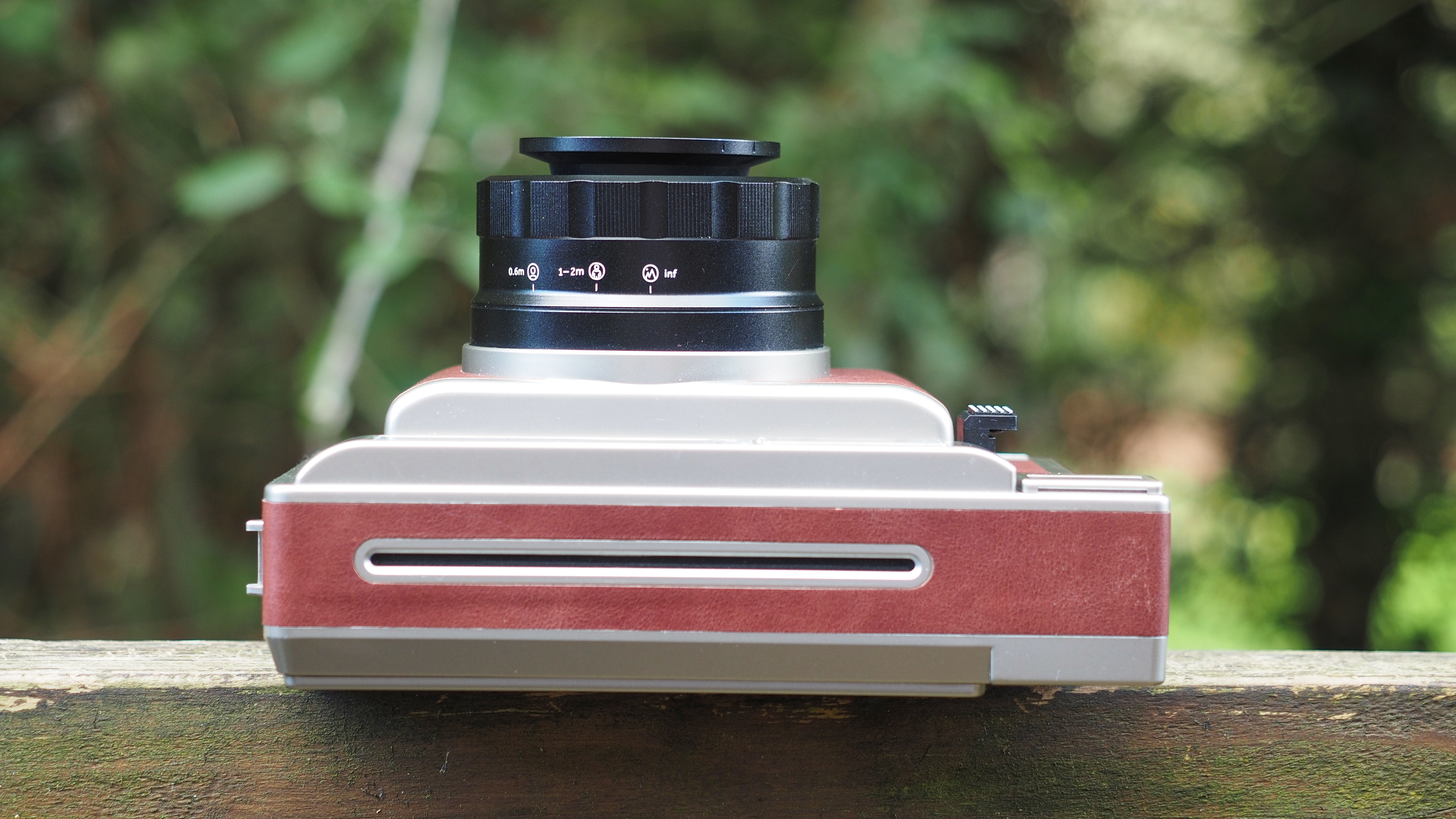
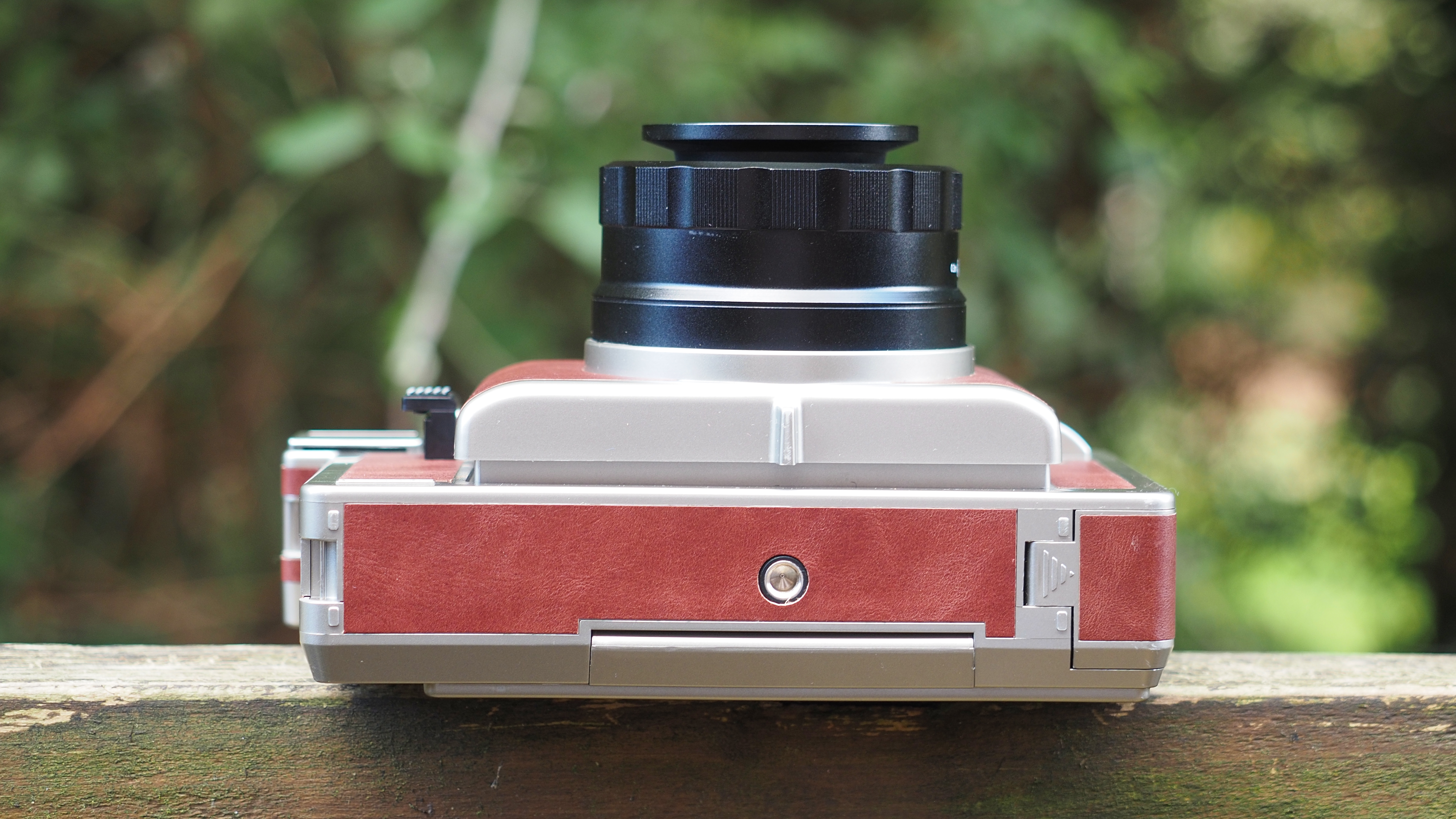
Lomo'Instant Wide Glass: Specifications
Lomo'Instant Wide Glass: Price
The Wide Glass comes with a $279 £249 / AU$299 price tag – which is an absolute bargain, compared to the $599 / £599 / AU$1,099 of the Polaroid I-2, but considerably more than the $149.99 / £129.99 / AU$229.99 asking price for the Instax Wide 400.
The Polaroid has more features, including LiDAR autofocus, and more luxurious build quality. The Instax has far fewer features, making it a more straightforward camera to use, and a more plasticky build. I personally think the Lomo'Instant justifies its price tag, but it's still a lot for an instant camera.
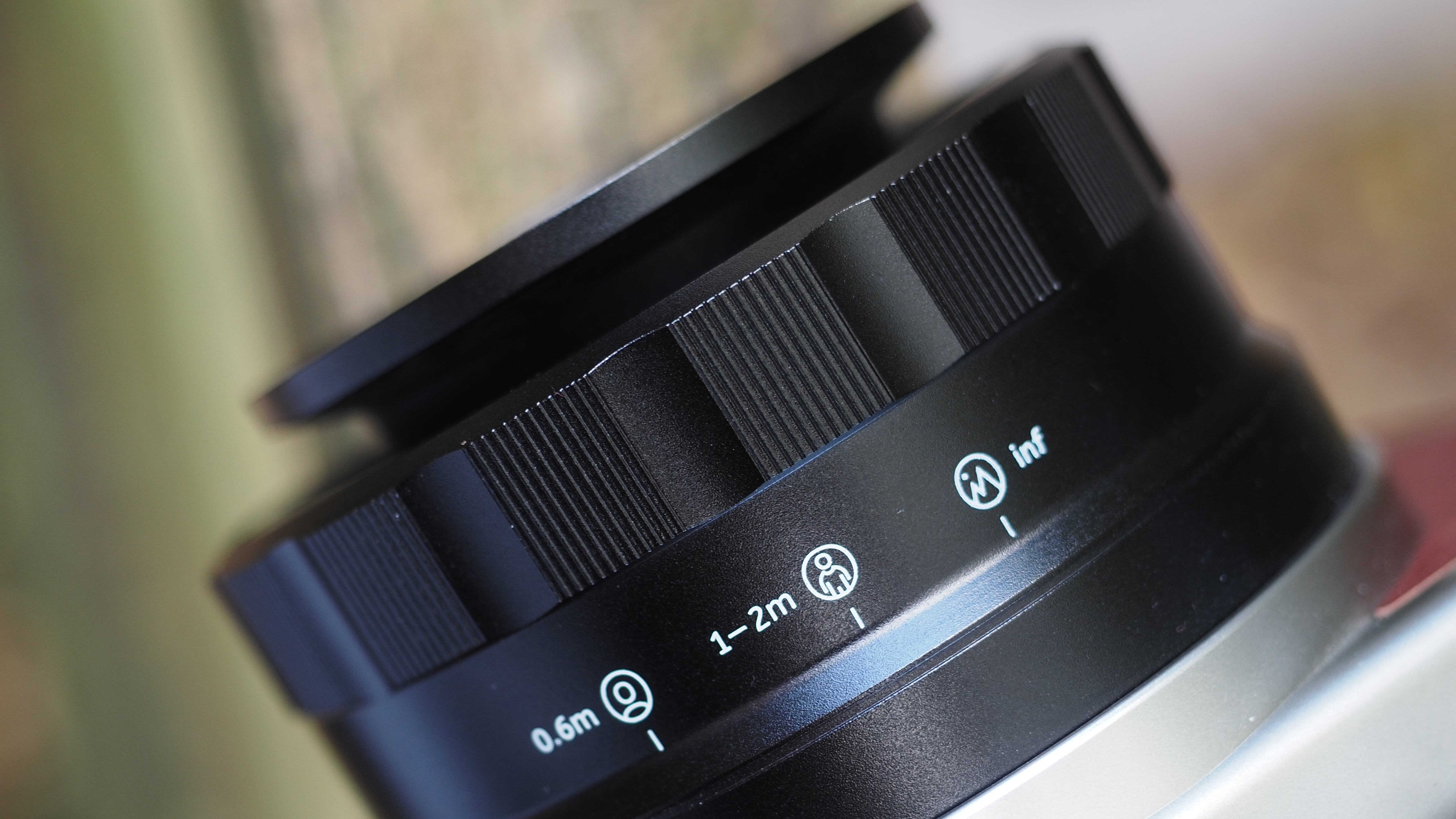
Lomo'Instant Wide Glass: Design & handling
The Lomo'Instant Wide Glass body is modeled after a vintage folding bellows camera, though obviously there are no bellows and it doesn't unfold – but for those of a certain age, the design is cool and evocative.
Like its opposite number from Instax, the Wide Glass is a hulking big camera – as you can see below, it's literally bigger than a medium format camera! That's a necessary evil with Instax Wide film, as the large cartridge inherently requires a big body.
Ergonomically it's not as pleasing as the curvy, comfortable Instax Wide 400, particularly since it lacks the handgrip below the shutter button. That said, it's an infinitely better-looking camera – not just due to its vintage shape, but also thanks to the faux-leather and silver finish (rather than the faded-bar-of-soap color of the Instax).
Its build quality is better, too, particularly when it comes to the metal lens barrel and glass element – and it should be noted that the lens features four built-in focus ranges (0.3 m, 0.6 m, 1-2m and infinity), and so doesn't require the easily-lost lens attachment that the Instax needs for close-ups. Curiously, though, the selfie mirror (present on Lomography's regular Wide camera) has been ditched.
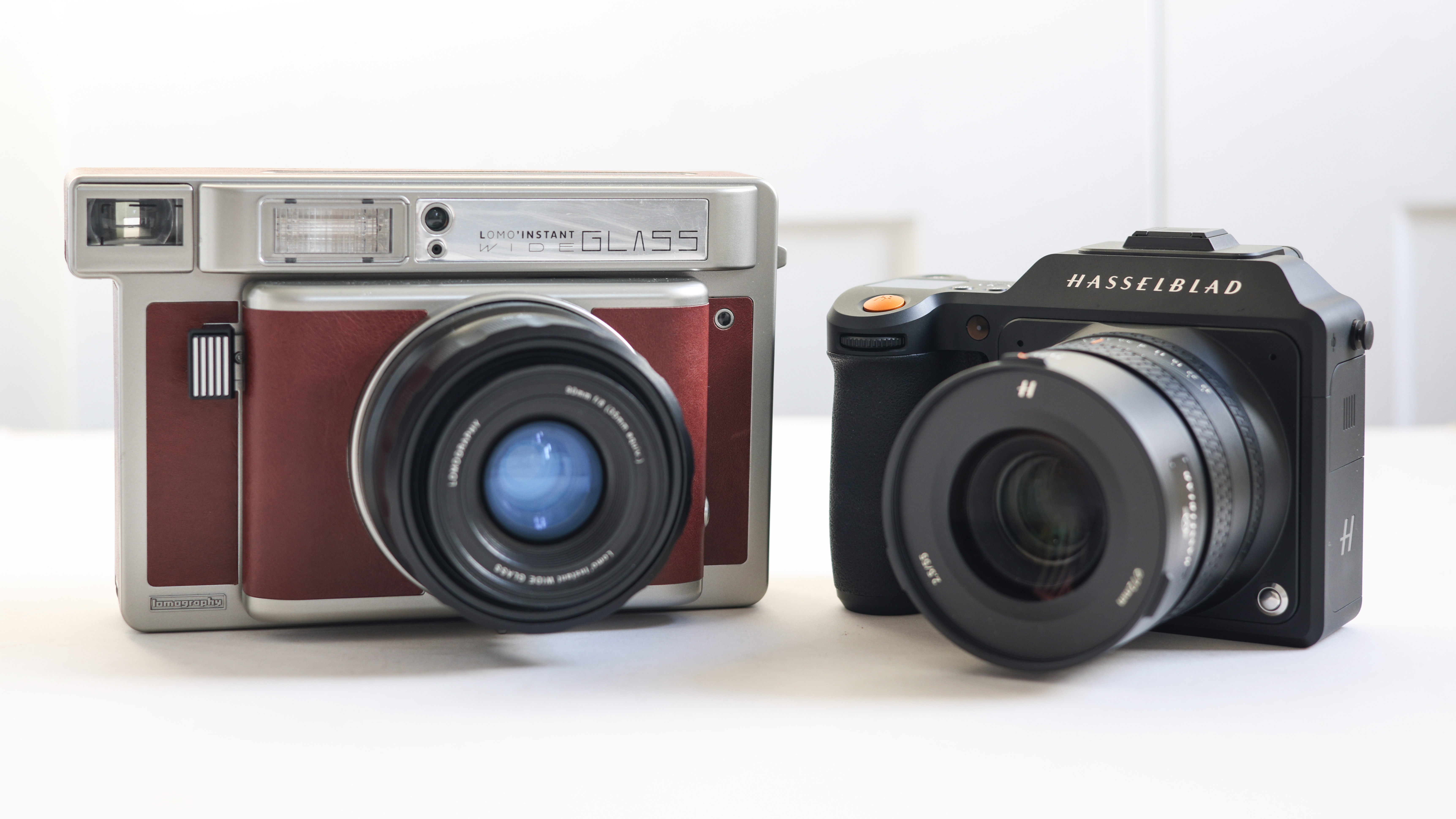
The aforementioned lack of handgrip can make it a little tricky to get purchase (I took some very precarious one-handed shots leaning out of a window, which I don't recommend!) but also stops the camera feeling too blocky.
I love the amount of controls on the back of the body – particularly the satisfying, clock face-style shutter controls – though they can be overwhelming for anyone expecting the pick-up-and-shoot simplicity of the Instax Wide.
But then again, since the Lomo is aimed specifically at advanced users who want more control, I don't know how legitimate a concern that is. At the very least, I'm eternally grateful for having the ability to turn the flash off!
As noted there is a tripod mount, along with a PC Sync port should you want to get uber creative with more than just the on-board flash. The lens cap also doubles as a remote trigger (with self-timer function), and accessories like a Splitzer (for creative multiple exposures) and flash gels are included.
Honestly I always worry about losing the latter two, so they tend to end up staying in the box, but the lens cap is genuinely useful – both to protect the lens, and to take the faff out of taking selfies and group shots.
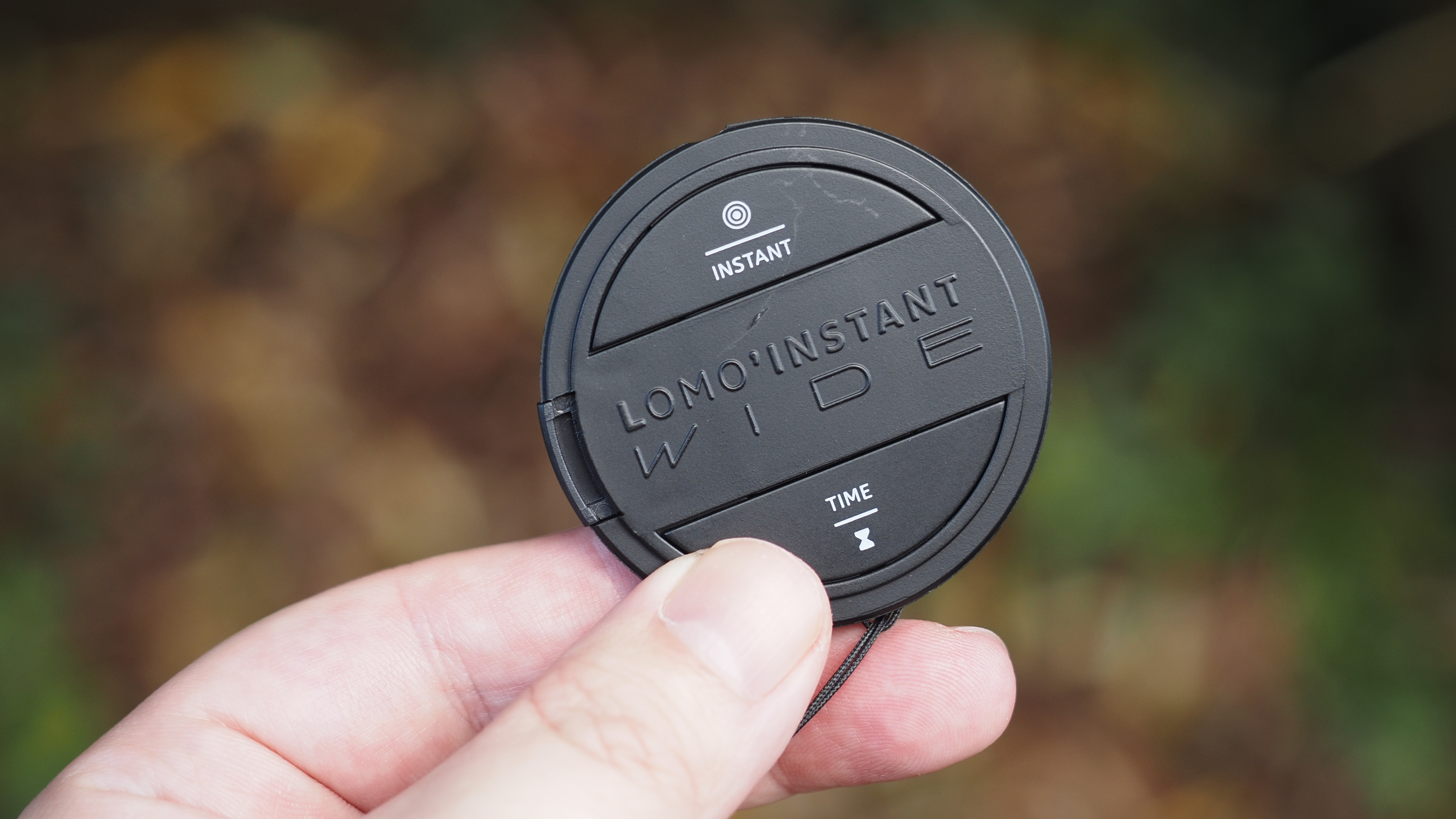
Lomo'Instant Wide Glass: Performance
I did a considerable amount of shooting with the Lomo'Instant Wide Glass, including a lot of side-by-side shots with the Instax Wide 400 to see how they compared. In short, the image quality of the Lomo is far superior.
The glass lens produces much sharper images, and the multi-coatings not only render richer color – they also minimize flare. The fact that the lens has a slightly wider focal length (90mm, versus the Instax's 95mm) also means that you get slightly more in your frame – particularly if you're really pushing things and taking an arm's length selfie!
Crucially, I also found that the Lomo delivers much better exposures. The Instax really tends to overexpose bright areas (such as skies) and underexpose dark ones, whereas the Lomo picks out detail even in shadowy areas of the image. I've included a selection of side-by-side shots in the Samples section below, so you can see the differences between the two cameras.

While you can leave the camera on auto, much like the Polaroid I-2 the whole point of the Wide Glass is to get creative and experiment. I loved using the shutter control switch, especially with its pleasing "hand on a clock face" design, and of course the ability to manually turn the flash on and off (which is missing on the Instax Wide) is massively appreciated.
All the controls might be overwhelming at first, and there's certainly a risk of errantly toggling the flash or adjusting the exposure compensation with your palm, but the audience for this camera will welcome the freedom and scope for creativity as much as the image quality.
The biggest challenge, as usual with Wide cameras, is learning how to frame in the viewfinder. There is a second window in the viewfinder to help compensate for parallax, but if you're anything like me (and especially if you wear glasses) you'll still misfire the odd frame!
Lomo'Instant Wide Glass: Samples

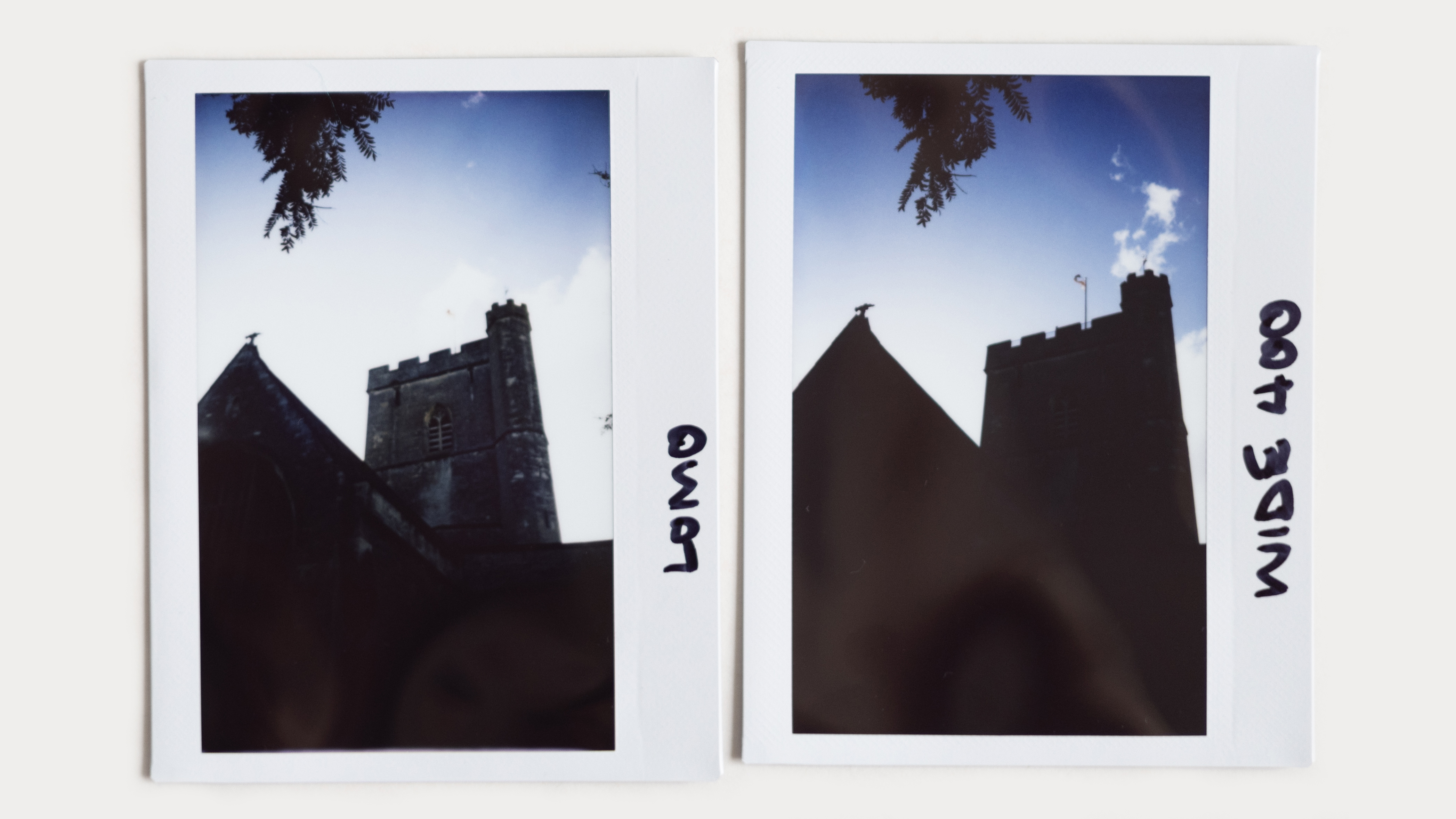

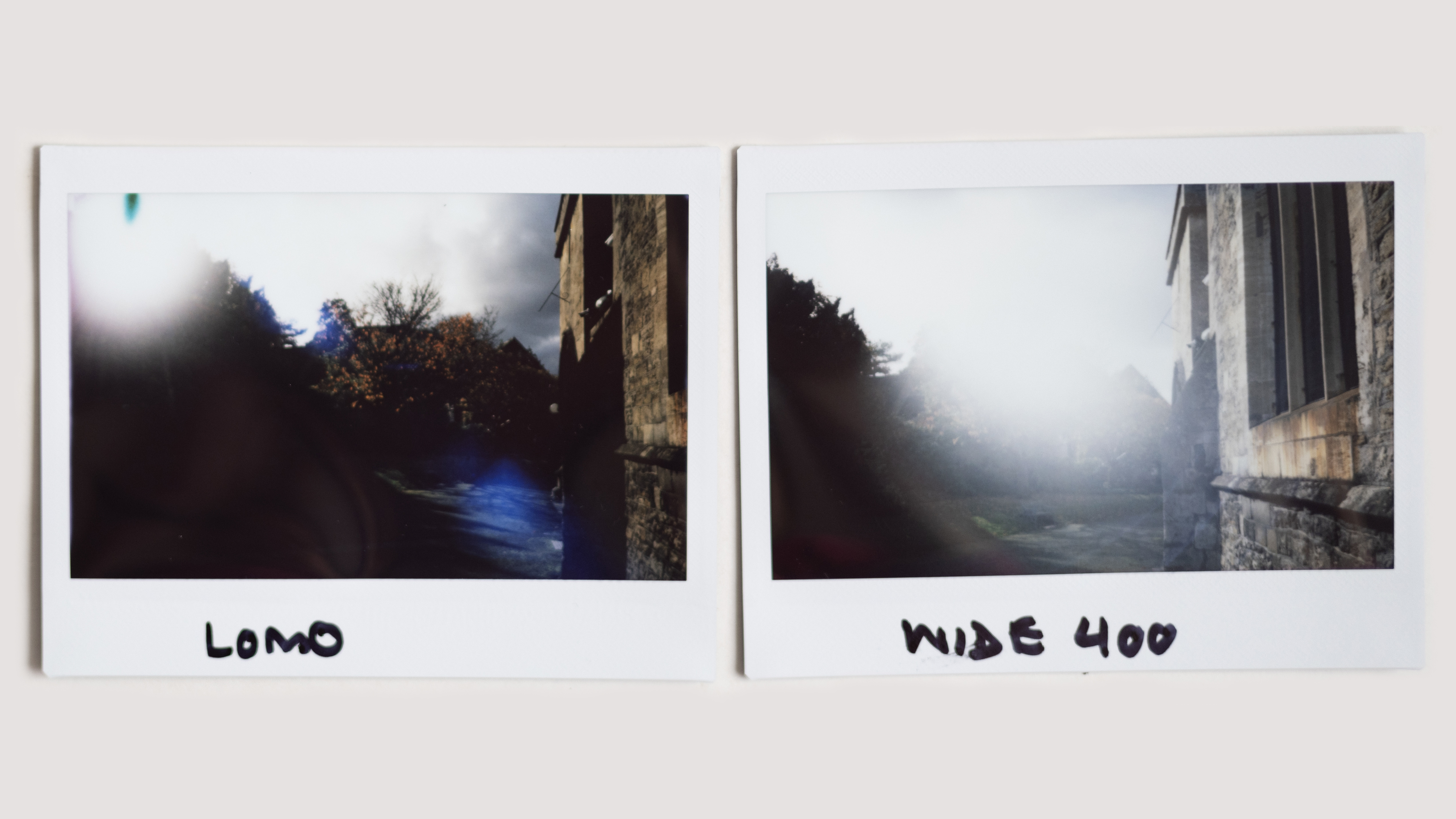
Lomo'Instant Wide Glass: Verdict
The Lomo'Instant Wide Glass is my favorite wide instant camera. The glass lens delivers fantastic image quality, the camera exposes scenes well, and the wealth of control and creative options make it a supremely versatile camera.
BUT, these come with caveats. Yes, the image quality is great, but bear in mind that this is a hundred-odd bucks more than the Instax Wide 400. It's also a much more complicated camera, making it more daunting to give to a family member to take a couple of shots, and it's a little more ergonomically unfriendly.
In terms of pure performance, I'd put this right up there with the (three times more expensive) Polaroid I-2. So it really depends what you want from your instant photography; if image quality is paramount, look no further. But if you want something that the whole family can use – and at a price that's more "impulse" than "investment" – the Instax might be a better bet.







